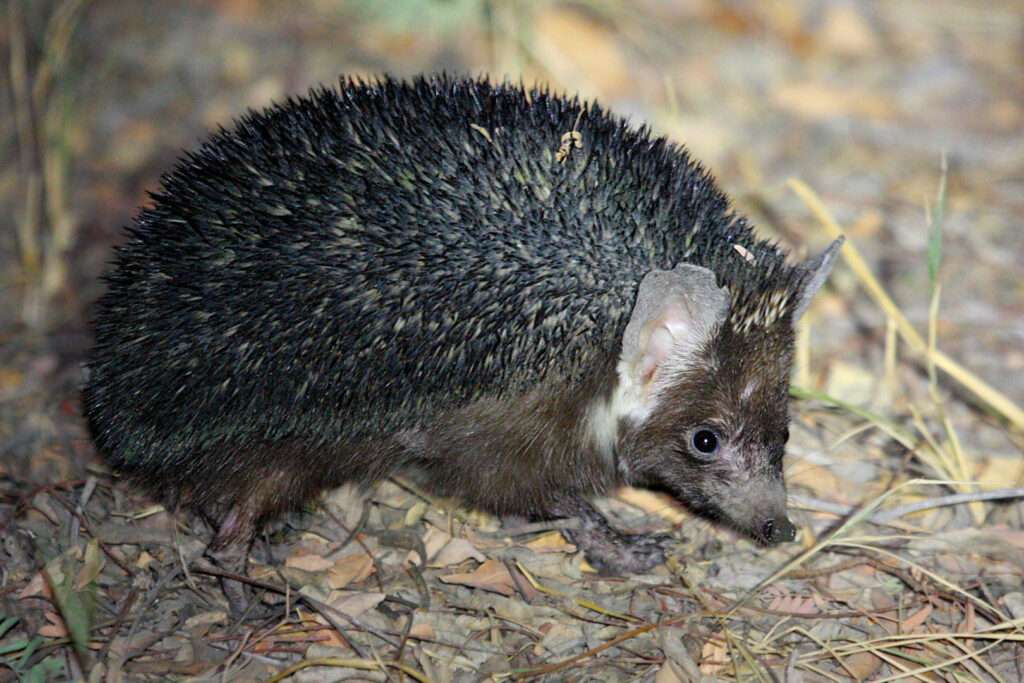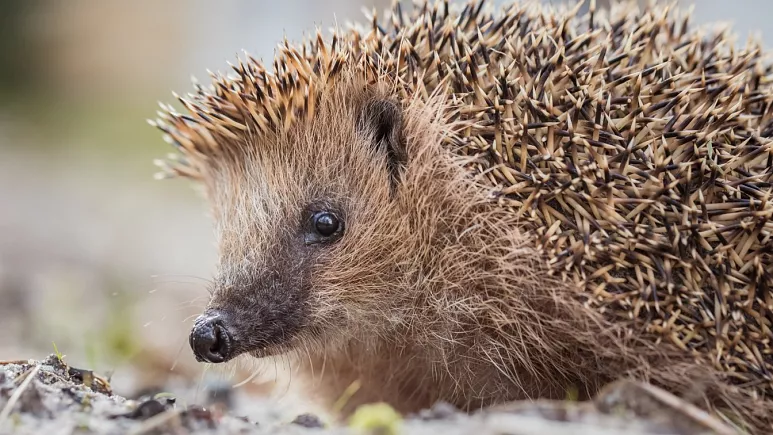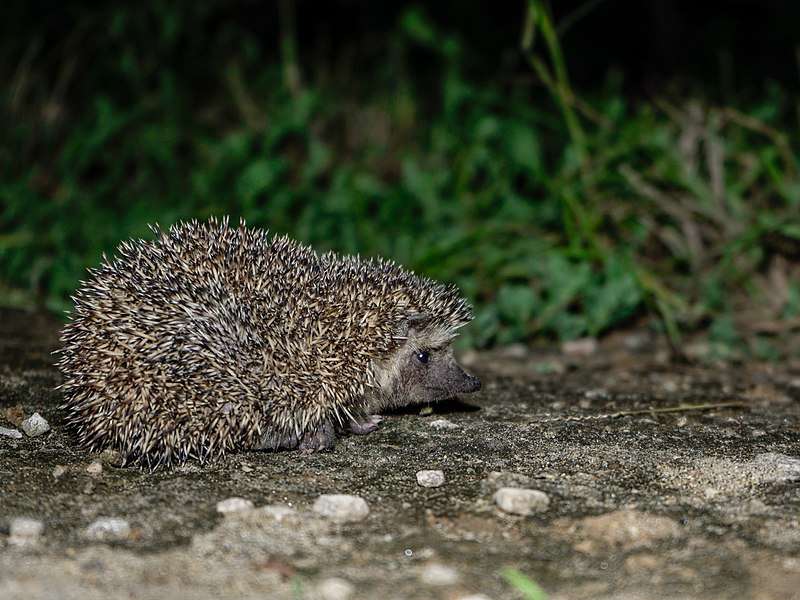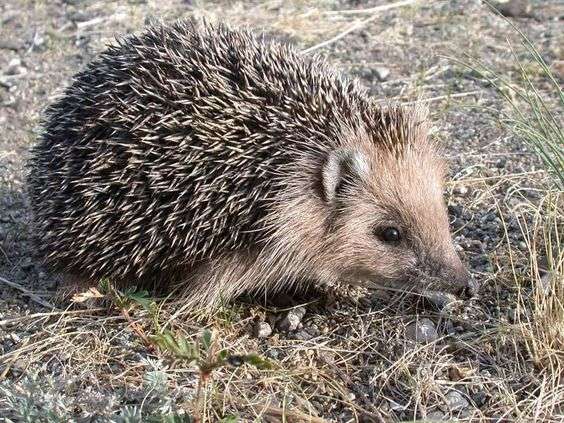
Description
Scientific Name: Paraechinus hypomelas
Lifespan: 4 to 8 year
Its popular name comes from the fact that Johann Friedrich von Brandt, the head of the Zoological Department at the St. Petersburg Academy of Sciences, initially described it.
Brandt’s hedgehogs have a variety of colors, from dark brown to nearly blackish grey. Their glossy black eyes can appear to be ruby colored when they catch the light. Their back is covered in a thick, protective layer of dark brown spines that are darker than the rest of their body. They have a small head, huge pink ears, and a pointed snout. The underside of their body is light brown.
Habitat
A species of desert hedgehog called Brandt’s hedgehog (Paraechinus hypomelas) is indigenous to areas of the Middle East and Central Asia. Mountains and dry deserts are preferred habitats for Brandt’s hedgehog. Even while it is still capable of digging dens when necessary, it frequently chooses natural cover. In the winter, it hibernates.
Behavior
Brandt’s hedgehog is calm and amiable. Your hedgehog’s personality will determine their temperament and behaviors, while their species’ temperament does have a little impact on those behaviors. Being nocturnal, hedgehogs do not exhibit many of their regular behaviors during the day.
You must handle your hedgehog in the evening when it begins to awaken and exhibit its typical behaviors if you want to get to know it. Some Brandt hedgehogs may need to be tamed in order to get them used to handling because not all of them would appreciate it.
As Pet

Enclosure Size
A large enclosure is always preferable for hedgehogs. A Brandt hedgehog needs a 3 by 2 foot enclosure at the very least. By doing this, you’ll be able to fit into their enclosure just the right amount of enrichment without taking up too much room. Even at night, your hedgehog should have ample space to wander around the enclosure without feeling crowded.
Temperature
The ideal temperature for hedgehogs is between 75 and 85 degrees Fahrenheit. If the temperature changes too frequently, gets too cold, your hedgehog may become lethargic, or hibernate, which can be deadly in captivity.
If you are in a region where the winters are extremely cold, you might want to consider purchasing a safe heating device like a heating lamp or pad. This can be put on one side of the enclosure to minimize overheating and give your hedgehog the freedom to select the temperature range that feels comfortable to them. Near the nest, most hedgehog owners will set the heating lamp at a low setting.
Feeding
Similar to the majority of other species of hedgehogs, Brandt’s hedgehogs are omnivores or insectivores. The majority of the food you give your hedgehog should be a high-quality commercial diet with vitamins. If you have access to exotic pet stores that sell feeder insects (mealworms, roaches, and crickets), you can feed them live items in addition to a commercial pellet diet. It may be challenging to recreate their natural diet at home.
Since hedgehogs will also consume fruit, boiled chicken eggs, and feeder pinkie mice in the wild, you may add these foods to their diet to make sure they are getting a healthy, balanced diet. Hedgehogs will also consume dropped bird eggs, fruits, small rodents, and newborn birds.
Table





